Eastern Equine Encephalitis (EEE) – Guide for Australians on Mosquito-Borne Risks
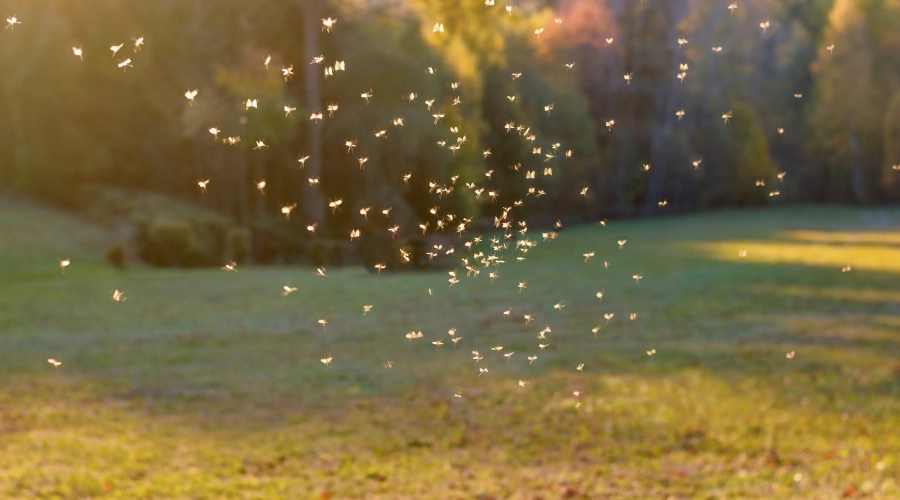
We Australians are no strangers to mosquitoes. From the tropical north to the temperate south, these tiny terrors are part of our outdoor life. But sometimes, we forget that what’s buzzing in our backyard is more than just a nuisance. Mosquitoes can carry serious diseases. Australia already has its fair share of mosquito-borne risks to watch out for, reminding us why it’s crucial to take protection seriously—whether we’re camping or enjoying a backyard barbie.
We’re going to explore a topic that spans the globe: Eastern Equine Encephalitis (EEE), a disease not found here but worth understanding in our interconnected world. You might be asking, “What’s EEE, and why should I care?
What is Eastern Equine Encephalitis? Where it is found?
First things first, let’s break down what EEE actually is. It’s a rare but serious viral disease spread by infected mosquitoes. The virus primarily affects horses, hence the name “equine,” but it can also infect humans and other animals. Now, you might be wondering where this virus lurks. EEE is mainly found in the eastern parts of North America, particularly in and around freshwater swamps. Recent maps reveal the states affected by West Nile virus and EEE, according to CBS News.
EEE making Headlines: Why it’s gaining attention?
Well, EEE has been making headlines in recent years, and here’s why: In 2019, the United States saw a significant spike in EEE cases, with 38 confirmed cases compared to the usual average of 7 per year.
Recently, a father of four from Kensington, New Hampshire, was hospitalized after being bitten by a mosquito and has since tested positive for three mosquito-borne viruses, including Eastern equine encephalitis. The incident, reported by WBZ via CNN Newsource on September 3, 2024, underscores the serious health risks posed by mosquito bites.
High-Risk areas implement curfews
This sudden increase, along with some high-profile cases resulting in deaths or severe disabilities, caught the attention of health officials and the media.
A handful of other human cases have been reported in Vermont, Massachusetts, New Jersey, and Wisconsin, prompting towns in high-risk areas to issue voluntary curfews during peak hours of mosquito activity.
Some municipalities, such as Vermont, Massachusetts, have closed public parks and fields from dusk to dawn. This information, highlighted in an article titled “Officials in second US state issue stay-at-home orders because of deadly virus that kills one in three sufferers,“ published on September 6, 2024, emphasizes the urgency of measures taken in response to EEE outbreaks.
Why Australians Should Pay Attention?
Scientists have recently discovered that it might actually be contributing to the spread of Eastern Equine Encephalitis (EEE). Specifically, warmer and wetter conditions can lead to larger mosquito populations.
On top of that, let’s not forget about the COVID-19 pandemic. I mean, if there’s one thing it taught us, it’s how quickly diseases can hop from one country to another, right?
Now, don’t panic just yet if you’re in Australia. EEE hasn’t made its way down under at the moment. However, and this is important, the growing concern about EEE serves as a wake-up call. It reminds us that we need to stay vigilant about mosquito-borne diseases in general.
In fact, Australia already faces threats from mosquito-borne illnesses like Ross River Virus, Dengue Fever, and Barmah Forest Virus. This makes it even more important for Australians, especially those traveling to North America, to stay vigilant against these potential health risks.
How does EEE spreads and affects humans? What are its symptoms and severity?
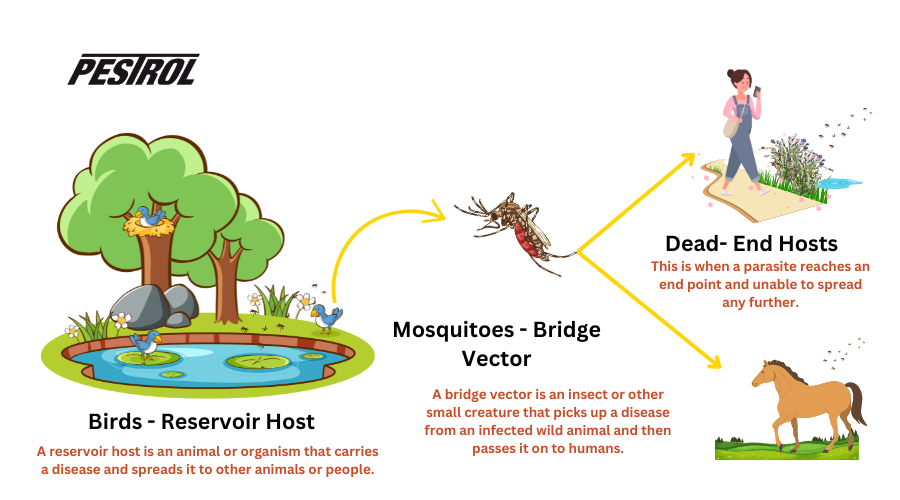
The virus primarily cycles between mosquitoes and birds in swampy areas. Occasionally, an infected mosquito bites a human or horse, leading to what’s called a “dead-end infection” because humans and horses can’t spread the virus further. If someone contracts EEE, what happens next? Well, many people infected (about 96%) with the virus don’t show any symptoms at all.
However, in severe cases, the virus can cross the blood-brain barrier, causing encephalitis (brain inflammation). This typically occurs 4-10 days after the mosquito bite and can lead to the following symptoms:
- High fever
- Headache
- Irritability
- Restlessness
- Drowsiness
- Vomiting
- Diarrhea
- Seizures
- Coma
Sadly, about 30% of people with severe EEE die, and many survivors face ongoing neurological problems. While there’s no specific treatment for EEE, supportive care in hospitals can help manage symptoms.
In an article by Mary Kekatos, published by ABC News on September 4, 2024, the key differences between these viruses are highlighted to help people recognize their symptoms and stay informed. The best defense is prevention through mosquito control and personal protection measures.
Protecting yourself from Mosquito-Borne Risks
Whether you’re at home or abroad, here are some tips to keep those mozzies at bay:
- Use insect repellent: Look for products containing DEET, picaridin, or oil of lemon eucalyptus.
- Wear protective clothing: Long sleeves and pants can help keep mosquitoes from biting.
- Avoid peak mosquito hours: Mosquitoes are most active at dawn and dusk, so try to stay indoors during these times.
- Remove standing water: Mosquitoes breed in stagnant water, so get rid of any around your home.
- Use mosquito nets: When camping or if you don’t have screened windows, sleep under a mosquito net.
The Bigger Picture
In conclusion, while EEE might not be a direct threat to Australians at home, it serves as a stark reminder of the importance of mosquito control and prevention. By staying informed and taking precautions, we can protect ourselves from a range of mosquito-borne diseases, whether we’re in the Outback or traveling overseas.
Remember, knowledge is power, and now you’re armed with information to keep yourself and your loved ones safe from those pesky mozzies and the diseases they can carry. Stay safe, and don’t let the bugs bite!



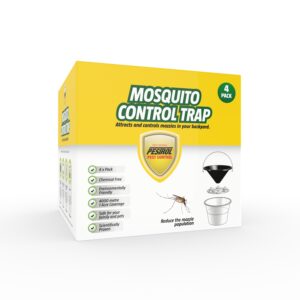
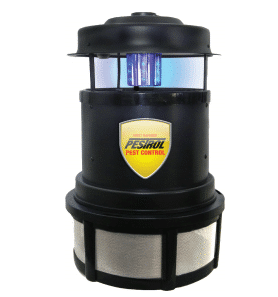

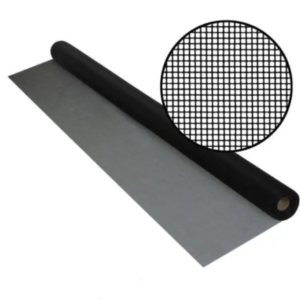
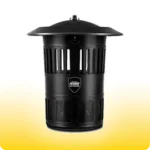 Mosquito Traps
Mosquito Traps